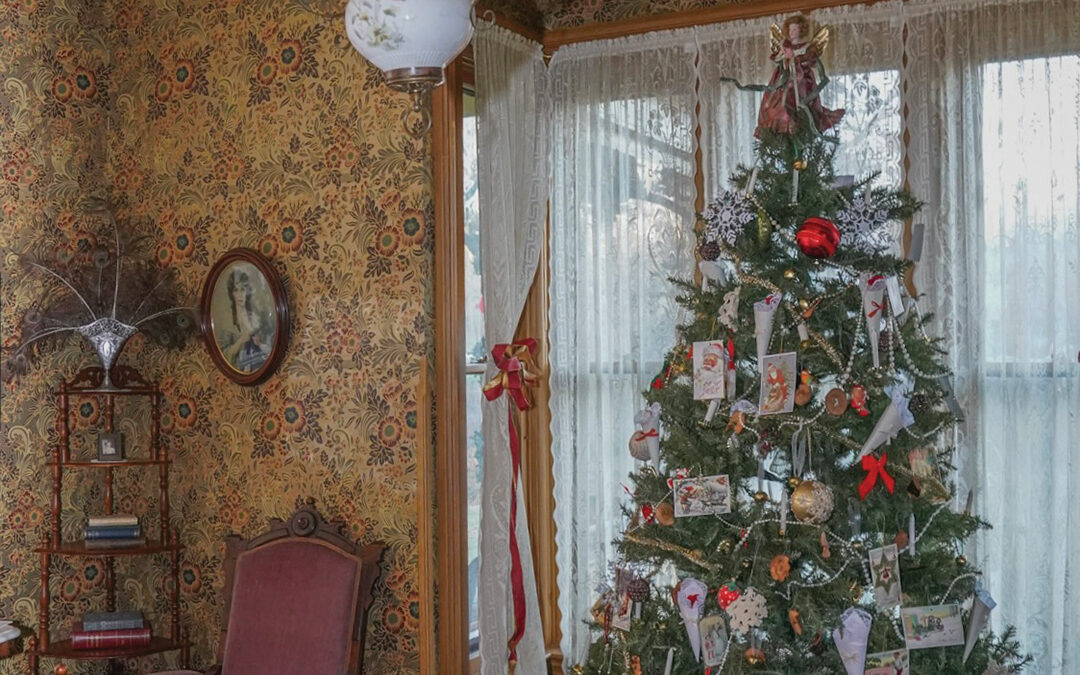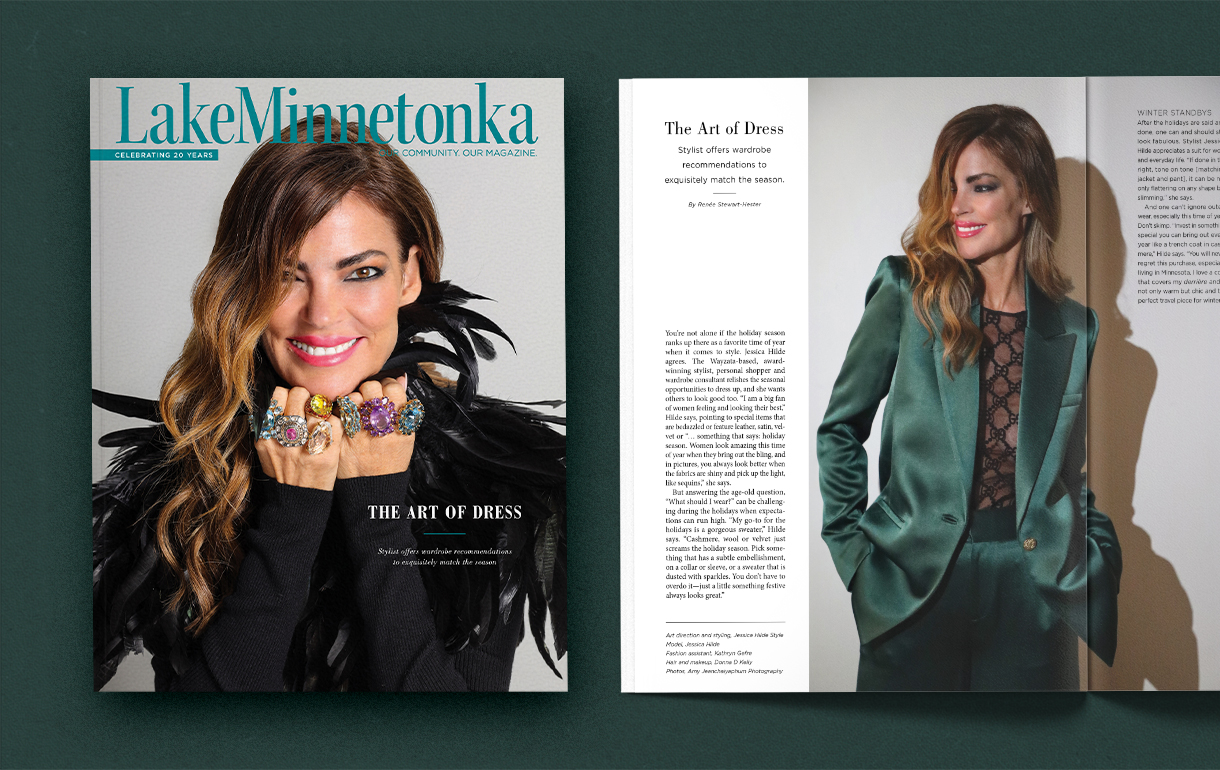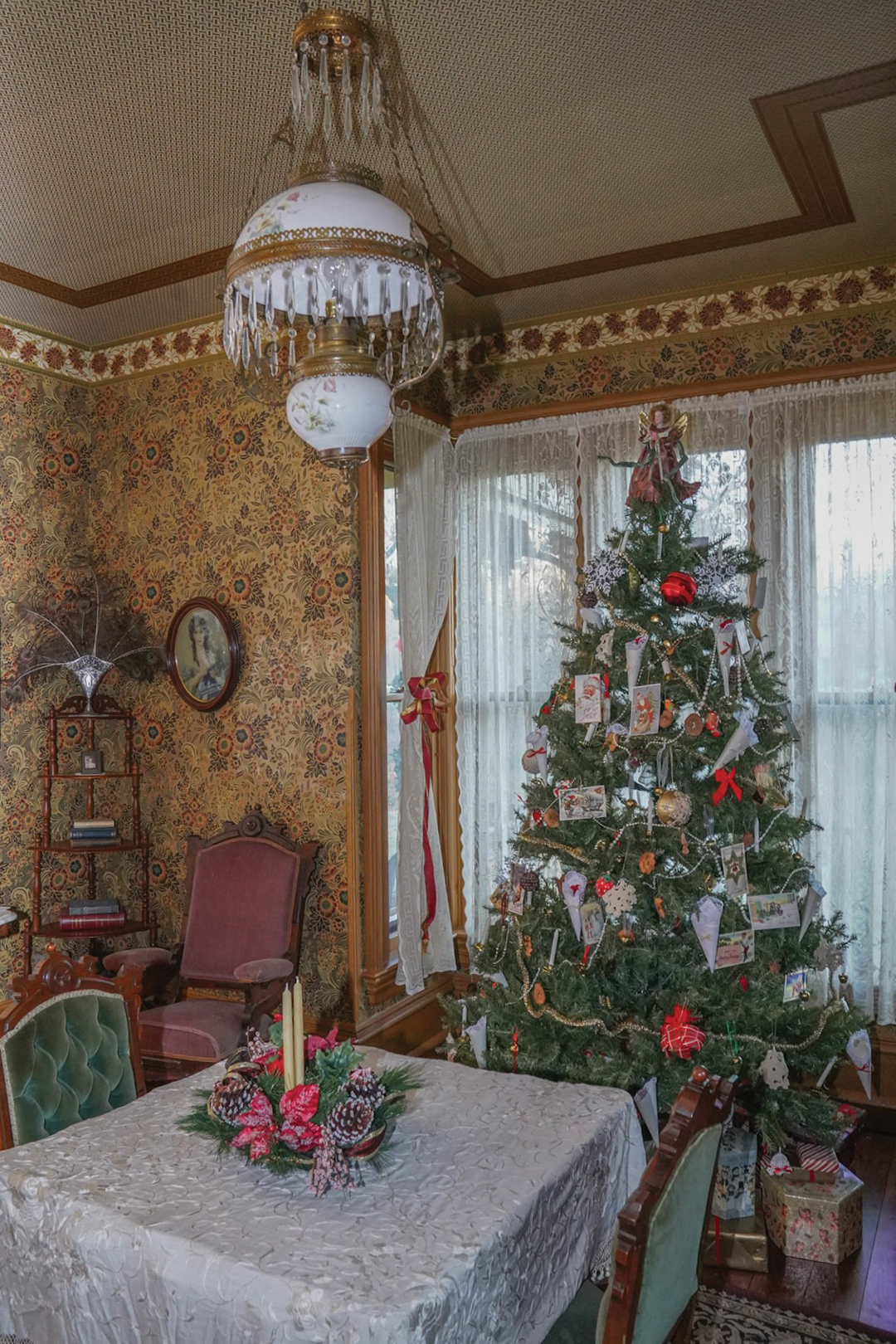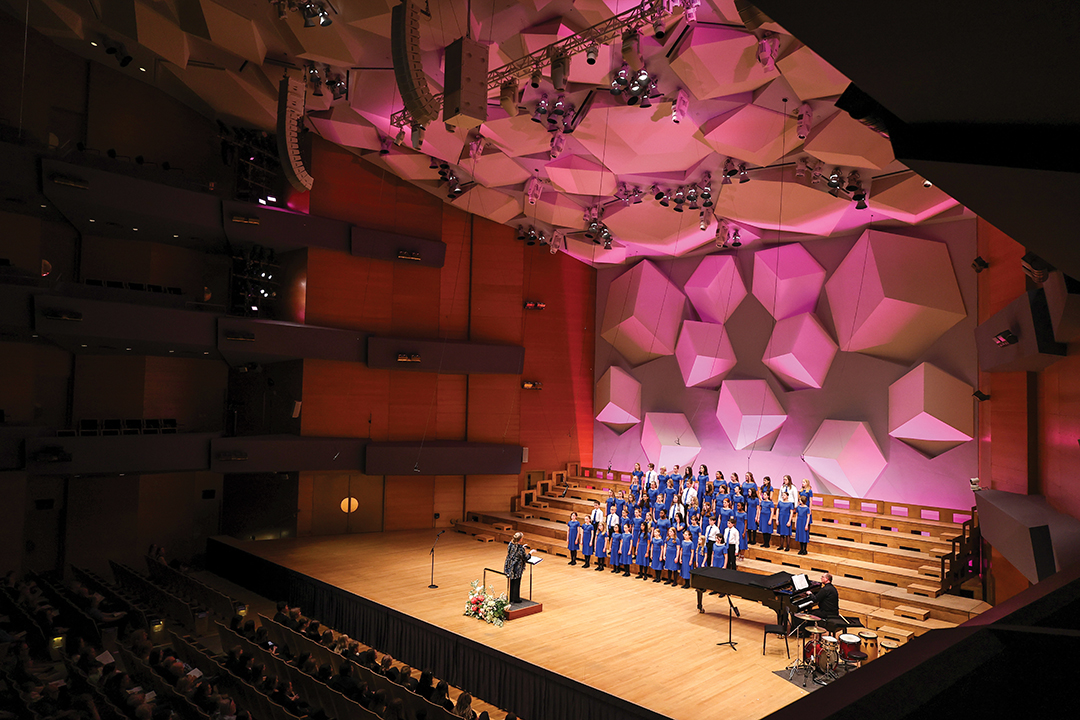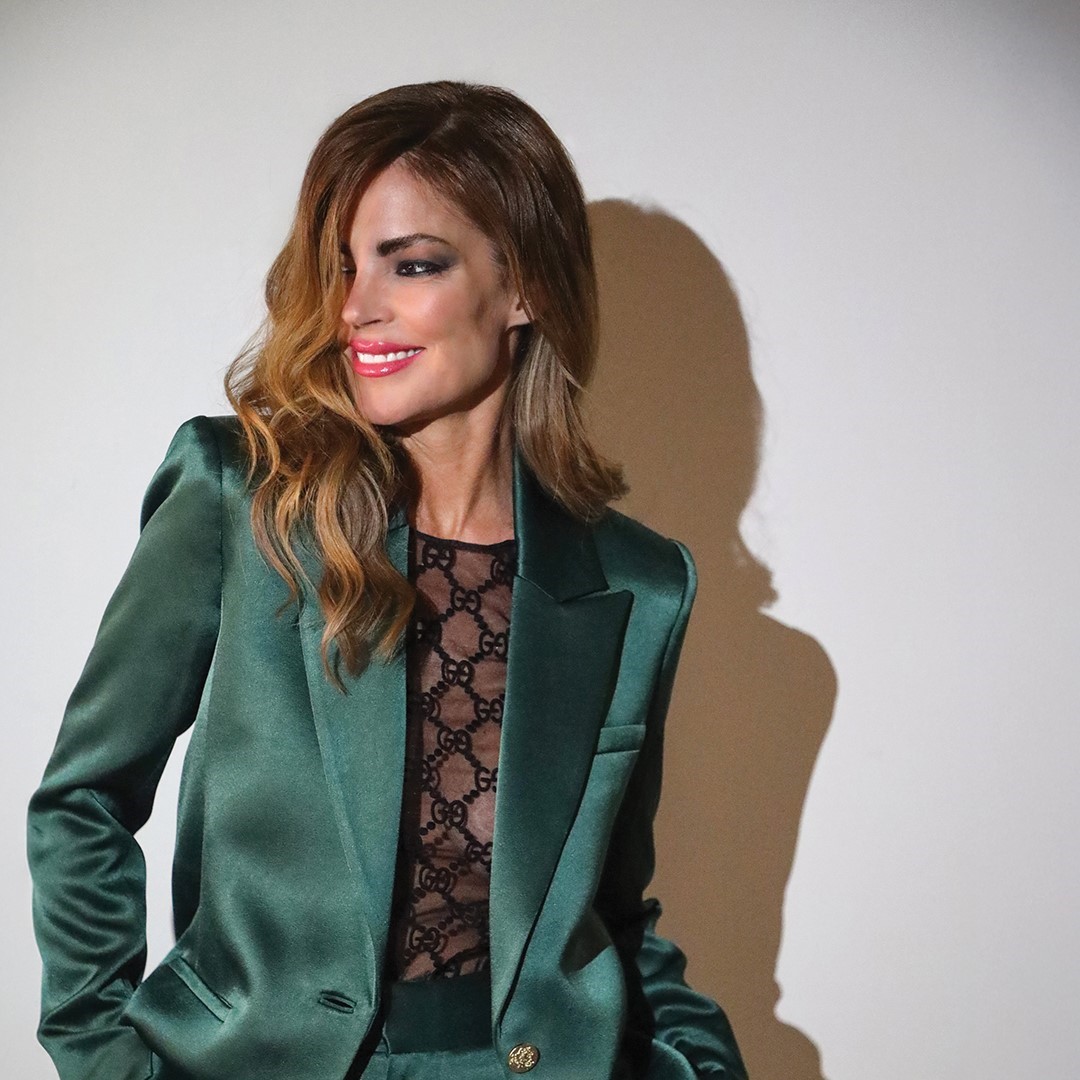
Minnesota State Fair bee and honey superintendent Hannah Hallahan. Photo: Tate Carlson
Hannah Hallahan has the bug for bees.
Read about the secret behind the State Fair’s Bee Beard demonstration here.
Hannah Hallahan knows that grimace well. It’s the look many people give her whenever she first tells them of her fascination with honeybees. “They act sort of like they have the heebie-jeebies,” Hallahan explains. “I’m thinking, ‘It’s not that bad, people. It’s more in your head than anything else.’”
Bees, she says, get a lot of bad buzz, taking the rap for stings most likely perpetrated by wasps or hornets. The truth? Unless people are squashing them or threatening their hive, honeybees are docile. “When I say people are afraid of bees, they are afraid of bees, wasps and hornets in general; people don’t distinguish between them,” she says. “Wasps and hornets have a different temperament and tend to be more aggressive than honeybees. Honeybees are workaholics and would rather leave you alone and work.”
The 28-year-old Hallahan caught the bug for bees as a young girl growing up in Minnetonka, when her father, Bob Huttner, took up beekeeping as a hobby. “It’s like having a dog,” she says. “Bees are just a part of my life.” Now, she’s putting that knowledge—and her management skills—to use in her role as superintendent of the bee and honey department at the Minnesota State Fair, which she led for the first time this past August. Hallahan, who has a master’s degree in sports management from Minnesota State University, Mankato, has been the manager of the Chaska Event Center since 2016. She’s in charge of renting out the facility, overlooking Fireman’s Park, for such events as banquets, weddings and baptisms.
New Role
Hallahan wasn’t winging it in her first go-around as the superintendent for one of the largest bee and honey displays of its kind in the country. 2018 marked her ninth year at the fair, in some capacity. In 2017, she got her “feet wet” on the administrative side as the assistant superintendent. Her first seven years were mostly answering fair-goers’ questions.
But this past year was special. Located in the Agriculture Horticulture Building, the display—which faces the food concession building—bustled with activity. Bees droned in observation hives as people milled about sampling tasty treats, watching honey extractions and gleaning insight from experts.
Hallahan describes her new role as the behind-the-scenes point person for ensuring everything goes off without a hitch during the 12-day fair. Much is done ahead of time, such as lining up judges for honey and other bee-related competitions that happen before the fair, as well as staff and volunteers needed during the fair.
Two nonprofit organizations are integral to the display’s success. The Minnesota Honey Producers Association sells honey or honey-enriched foods or products like ice cream, lemonade, wax and soaps there, while Minnesota Hobby Beekeepers Association members are on hand to offer their expertise.
Hallahan says one of the purposes of the display is to serve as an educational tool. Fair-goers learn what makes bees tick through daily demonstrations of a beekeeper opening a hive inside a cage. “They’ll go over some of those basic things that happen in a hive by showing people what it looks like versus just saying the bees are in that box,” she says.
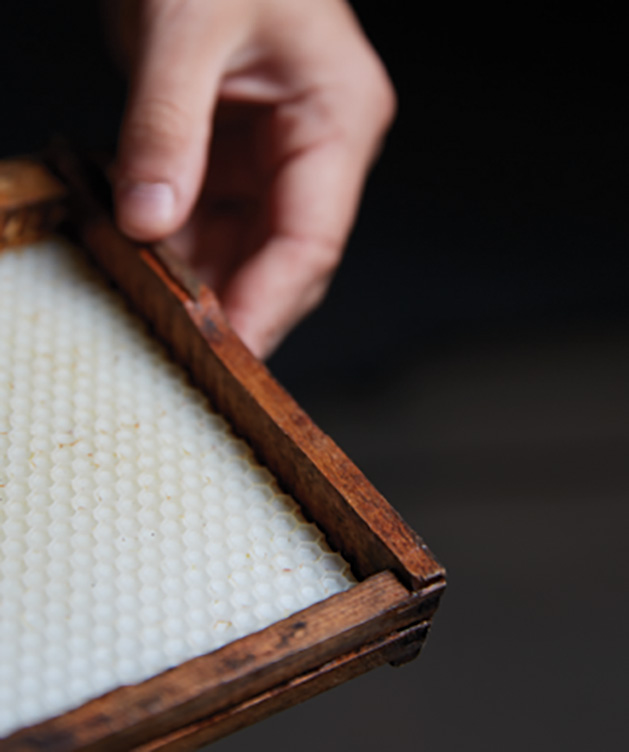
The display deals mainly with honeybees, but in recent years, pollinators have also become a discussion topic. “There are educational displays that, while they tend to be honeybee heavy, also include general information about pollinators and what the general public can do to help,” she says.
For Hallahan, one of the best parts of the fair is talking to children, who ask a lot of questions about bees and even tell jokes. What they say sometimes leaves her scratching her head. “I’m probably giving them a puzzled look thinking, ‘How are you asking me that? I’ve never been asked that before even by an adult, and that’s a good question,’” she says.
Though the days are long for Hallahan at the fair, she never tires of being there. After all, the fair is a family tradition. “My grandma and grandpa worked there; my dad has, too,” she says. “For me, that’s what you do at the end of August.”
Proud Father
Bob Huttner, who logged 10 years working at the bee display before deciding to take a step back several years ago, thinks Hallahan is a perfect fit for the job. “She likes watching the bees, seeing what they can do,” Huttner says. “She has a good understanding of a lifespan of a bee. She can explain it all. It didn’t hurt that her father was constantly playing with bees.”
Huttner became hooked himself on bees while watching a beekeeping demonstration at a home show. “Mind you, this is February,” he says. “I looked at my wife and said, ‘I want to do it this spring.’ She started laughing. But she hasn’t been laughing for the past 18 to 20 years. It’s gone well.”
Both Huttner’s daughters—Hannah and her younger sister Hillary—watched their father immerse himself in his new hobby, putting hives in his yard. He became so skilled that, for a time, he was the beekeeper venturing into the cage to demonstrate the hive at the fair. “By the end of the fair, you could hold a handful of bees, and the kids are like, ‘Aren’t they stinging you?’” says Huttner, who still keeps hives in his yard and might one day go back to working at the fair. “They have no reason to sting me. If I put my hand in the hive, well, then they’re going to defend home.”
Hallahan would eventually like to have hives in the yard of the Minnetonka home she and her husband Cody bought a few years ago. That is, when she can find the time in her busy life. The couple has two young children, Blake and Lucas. But she likes the fact that bees, for the most part, are self-sufficient. “You can do [beekeeping] and walk away,” says Hallahan, who lives about a mile from her parents. “It’s not like a cow. It’s not like a horse. You don’t have to be there every single day at a certain time to milk it; you don’t have to feed them every single day. And they’re relatively self-sufficient. You just have to supervise and get them a water source when they need it.”
Facebook
Minnesota State Fair
Minnesota Hobby Beekeepers Association
Minnesota Honey Producers Association
University of MN Bee Lab
Instagram
@UMNbeelab | @mnstatefair
Twitter
@UMNBeeLab_Squad | @mnstatefair


